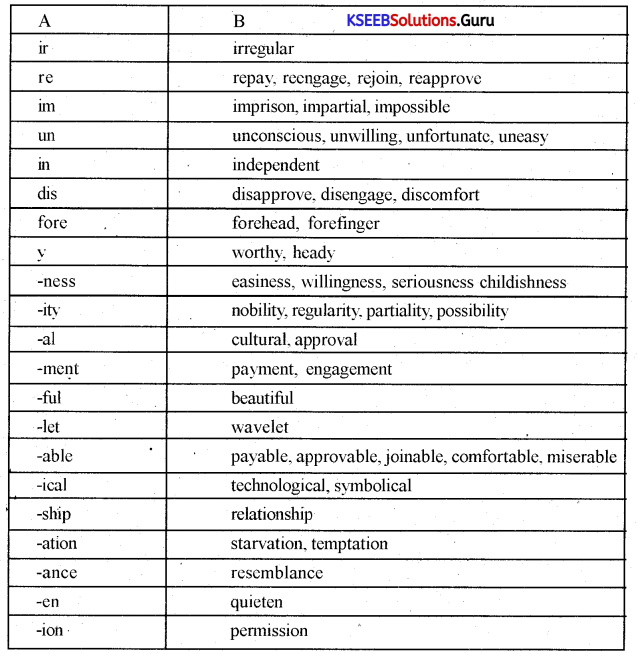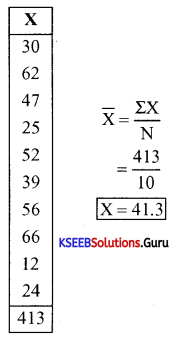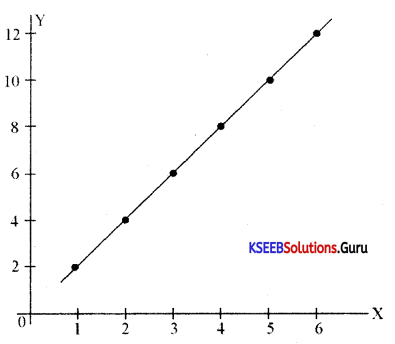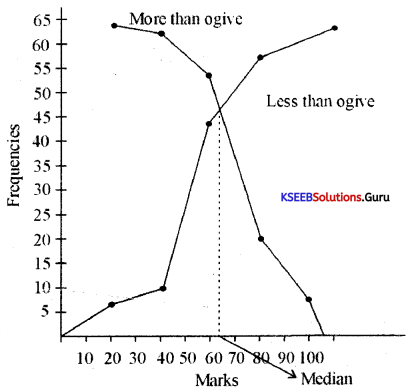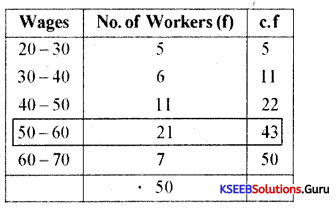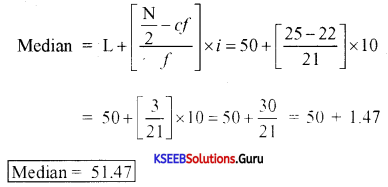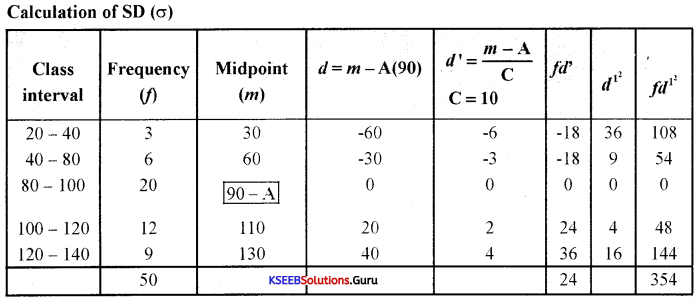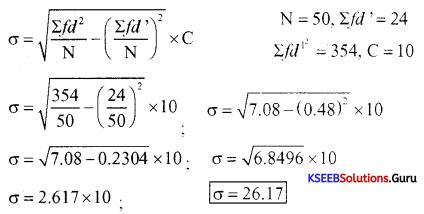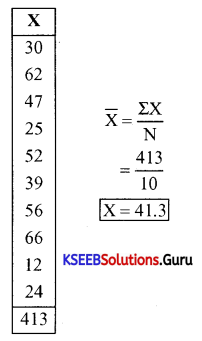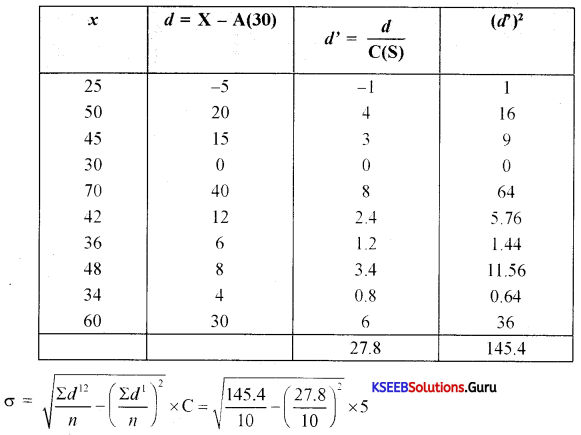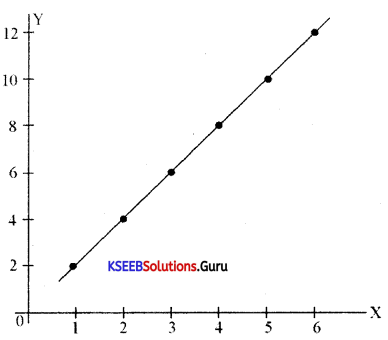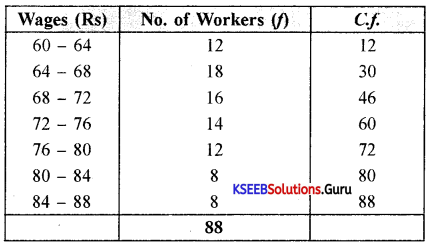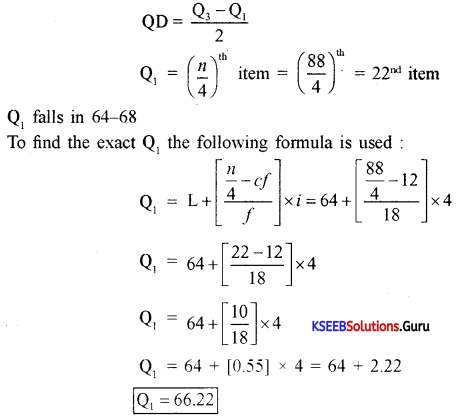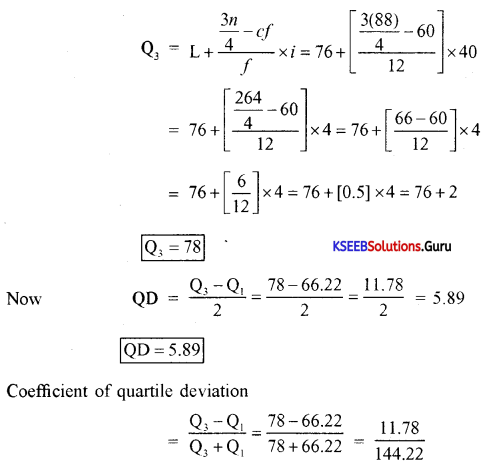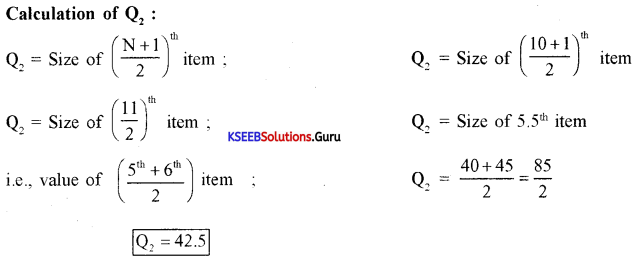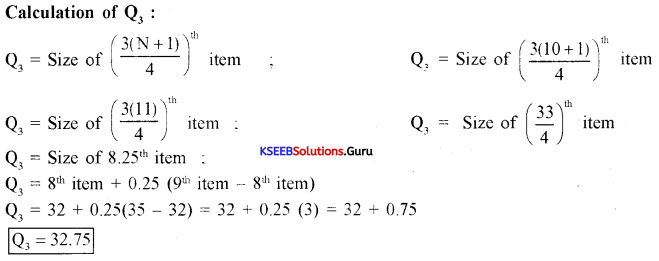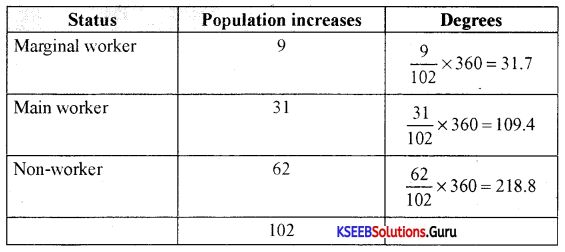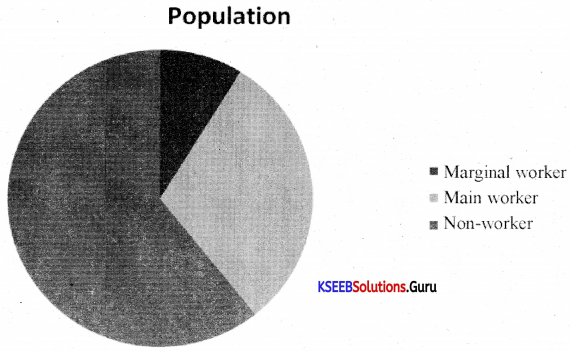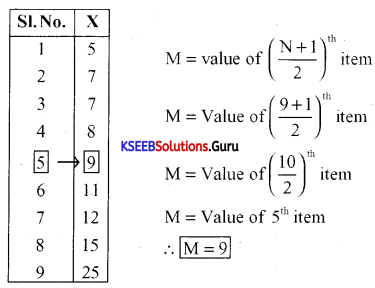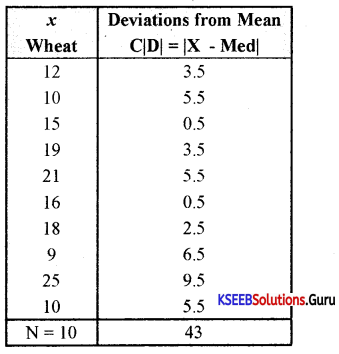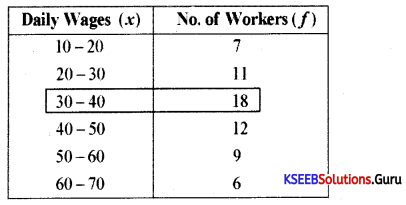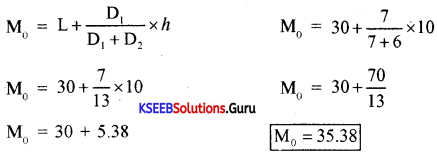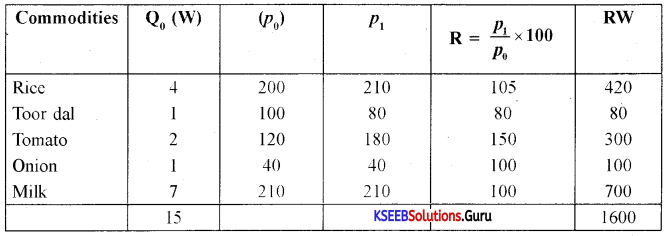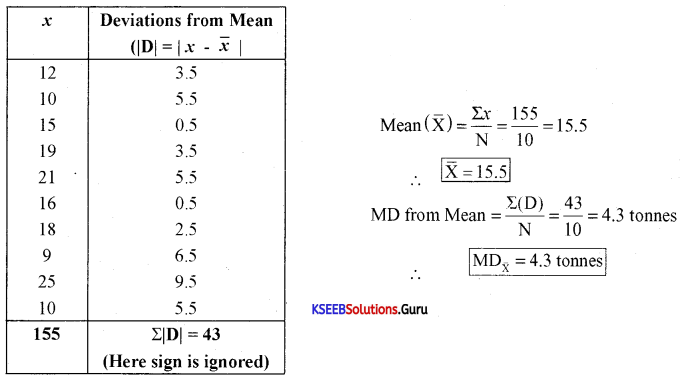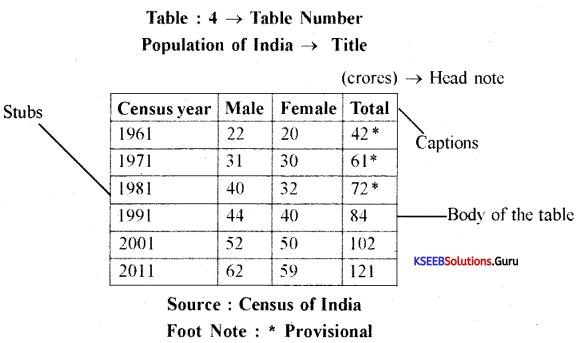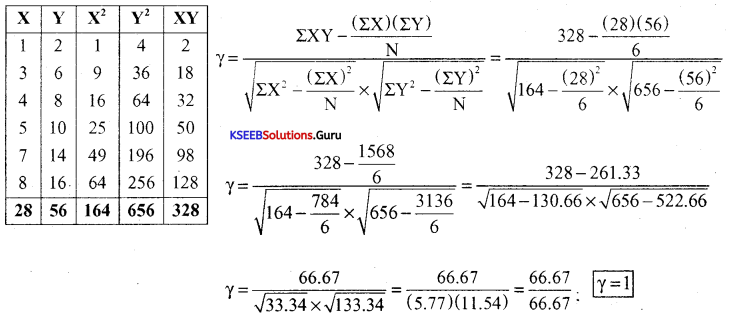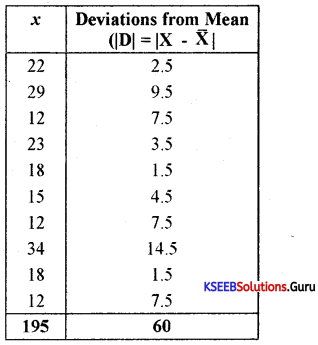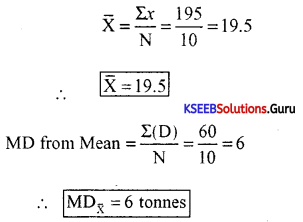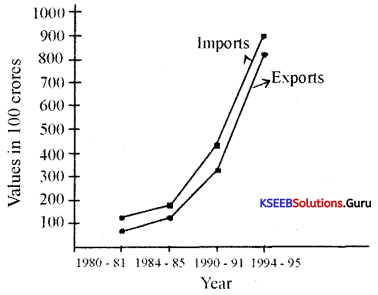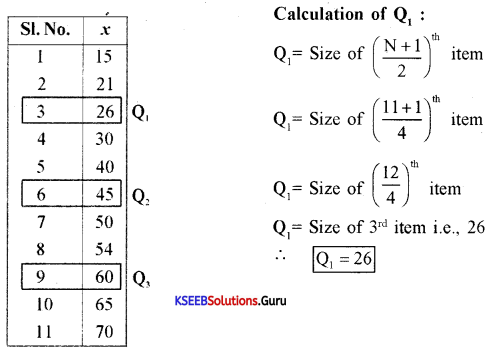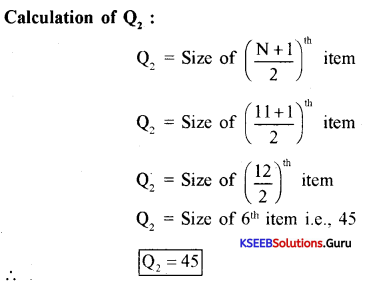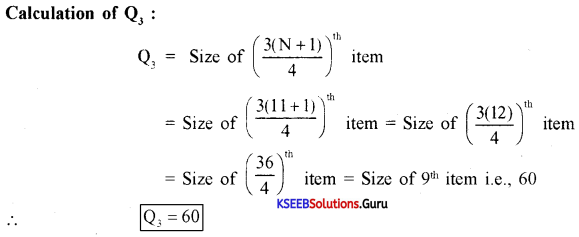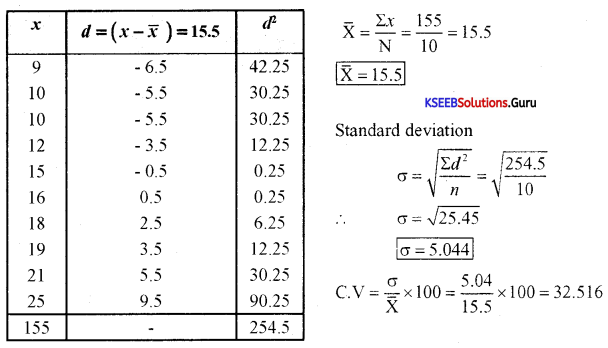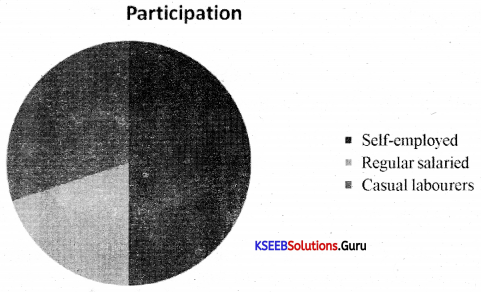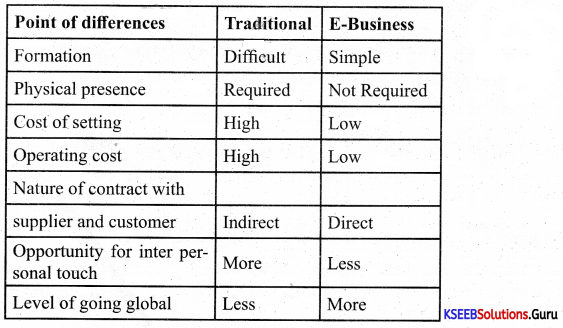Karnataka 1st PUC English Textbook Answers Reflections Chapter 10 Frederick Douglass
I. Answer the following questions in a word, a phrase or a sentence each:
Question1.
What prevented the slaves from knowing their birthdays?
Answer:
The wish of the masters prevented the slaves from knowing their birthdays.
![]()
Question 2.
How would the master look at the enquiries about the slaves’ birthday?
Answer:
The masters used to give only some approximate year like 1835 or so and not the exact year.
Question 3.
What was whispered about Douglass’ parentage?
Answer:
That Douglass was the son of his master.
Question 4.
When was Douglass separated from his mother?
Answer:
He was separated from his mother when he was just an infant.
![]()
Question 5.
Douglass’ mother was able to meet him only at…
Answer:
nights.
Question 6.
What was the penalty to the field hand for not being in the field at sunrise?
Answer:
Whipping.
Question 7.
How old was Douglass when he lost his mother?
Answer:
Seven years old.
![]()
Question 8.
Name the person who was believed to be both Douglass’ father and master.
Answer:
Mr. Anthony.
Question 9.
Who was Mr. Plummer?
Answer:
Mr. Plummer was an overseer at Mr. Anthony’s farms.
Frederick Douglass Additional Question and Answer
Question 10.
When and where was Douglass born?
Answer:
He was bom in Tuckahoe near Easton in Talbot county, Maryland, in 1817 or 1818.
Question11.
When did Douglass escape from slavery?
Answer:
In-1838.
![]()
Question 12.
What is the name of Douglass’ wife?
Answer:
Anna Murray.
Question 13.
Frederick Douglass died in
(a) 1839
(b) 1895
(c) 1817
(d) 1880
Answer:
(b) 1895
Question 14.
What motivated him to get rid of slavery from his life?
Answer:
From his earliest days he had a deep conviction that slavery would not be able to hold him forever. Even in the darkest hours, the living word of faith and spirit of hope did not desert him and cheered him through the gloom, to escape from slavery.
![]()
II. Answer the following questions in a paragraph each:
Question 1.
Why wasn’t Douglass affected, much by his mother’s death?
Answer:
Frederick Douglass was separated from his mother before he was twelve months old. He had spent very little time with her and that too only during a few night times. He lost her at the age of seven and never enjoyed any care and communication during those years. So, he was not affected by her death. He was also not allowed to visit her during her illness, death or burial.
III. Answer the following questions:
Question 1.
What kind of hardships did the slaves suffer at the hands of the slave holder and his mistress?
Answer:
The slave holders sexually exploit the slave women and the children bom out of this also follow this condition of slavery’. Mother and child are separated to avoid any filial bonding. Children bom like this are a constant reminder to the wives of the masters about their parentage and they take a sadistic pleasure in ill treating these mulattoes.
They are whipped and beaten for the slightest offence and if the master shows any favours to them, they get punished further. The slaves are whipped mercilessly for the smallest mistakes. As it is they are made to work from morning till night without rest.
![]()
Question 2.
How does the passage comment on the dreadful experience of slavery?
Answer:
The passage reflects the brutal hidden faces of the masters who treat their slaves cruelly. The slaves were not given proper food. They were exploited without any freedom. Especially for women it was double exploitation in the name of patriarchy and in the name of slavery. When the girls at teenage seem to be beautiful for their masters, they use them sexually and if they give birth to children, the children were sold at the age of infants to avoid their sentimental relationship.
The passage also explains the heart rendering description of walking at nights for several miles of mothers to see their children. Moreover, they could talk only a little bit because the children would be tired and go to sleep but in the morning they have to go back for work before sunrise. If they fail, they get whipping. This shows the brutal nature of white masters towards their slaves.
Question 3.
In spite of the hardships he suffered as a slave, why does the author say, “slavery would not always be able to hold me within its foul embrace”?
Answer:
Since his childhood when he was under slavery, the author had a strong will power that he would not be a slave forever and he would escape from it, that was his strong faith and spirit in him. This living faith and spirit of hope make him to say that “slavery would not be able to hold me within its foul embrace” and this did not leave him but remained like a ministering angel to cheer him through the gloom. The author expresses his gratitude to God because God gave him a good spirit of hope.
![]()
Vocabulary
Phrasal Verbs
A phrasal verb is the combination of a verb + a particle (preposition or adverb) resulting in a new word. The new unit gives a different meaning from the two separate words.
Use the verbs in column A with the right prepositional particles in column B to form as many phrasal verbs as possible. Find out the meaning with the help of a dictionary and make your own sentences
| A | B |
| act, ask, break, bail, call, drop look, pick, lock, check, keep, make, run, settle, step, put, walk, turn, carry, fall, let, hang, cut, come, take |
in, on, out, off, down, up, through, around |
Example: act out, make out, walk in, step up
Act out, act on, act up, ask around, ask out, break down, break in, break out, break up, break through, bail out, call up, call in, call on, call off, drop down, drop in, drop out, look in, look up, look around, look down, look out, look through, pick up, pick in, pick off, pick on, pick out, lock on, lock out, lockup, lock in, check up, check on, check out, check in, keep up, keep in, keep on, keep out, make up, make off, run on, run out, run off, run through, settle up, settle in, settle down step up, step in, step out, step down, step on, put down, put off, put up, put out, walk-in, walk out, walk up, walk on, walk off, turn around, turn up, turn on, turn down, turn out, carry on, carry off, carry out, carry over, carry through, fall down, fall in, fall off, fall out, let in, let off, let out, let through, let down, hang out, hang up, hang on, cut down, cut off, cut out, cut up, come up, cut in, come down, come in, come through, come on, come out, take off, take up, take out, take on, drop off, make out, run in, run up, run down, run around, let on.

